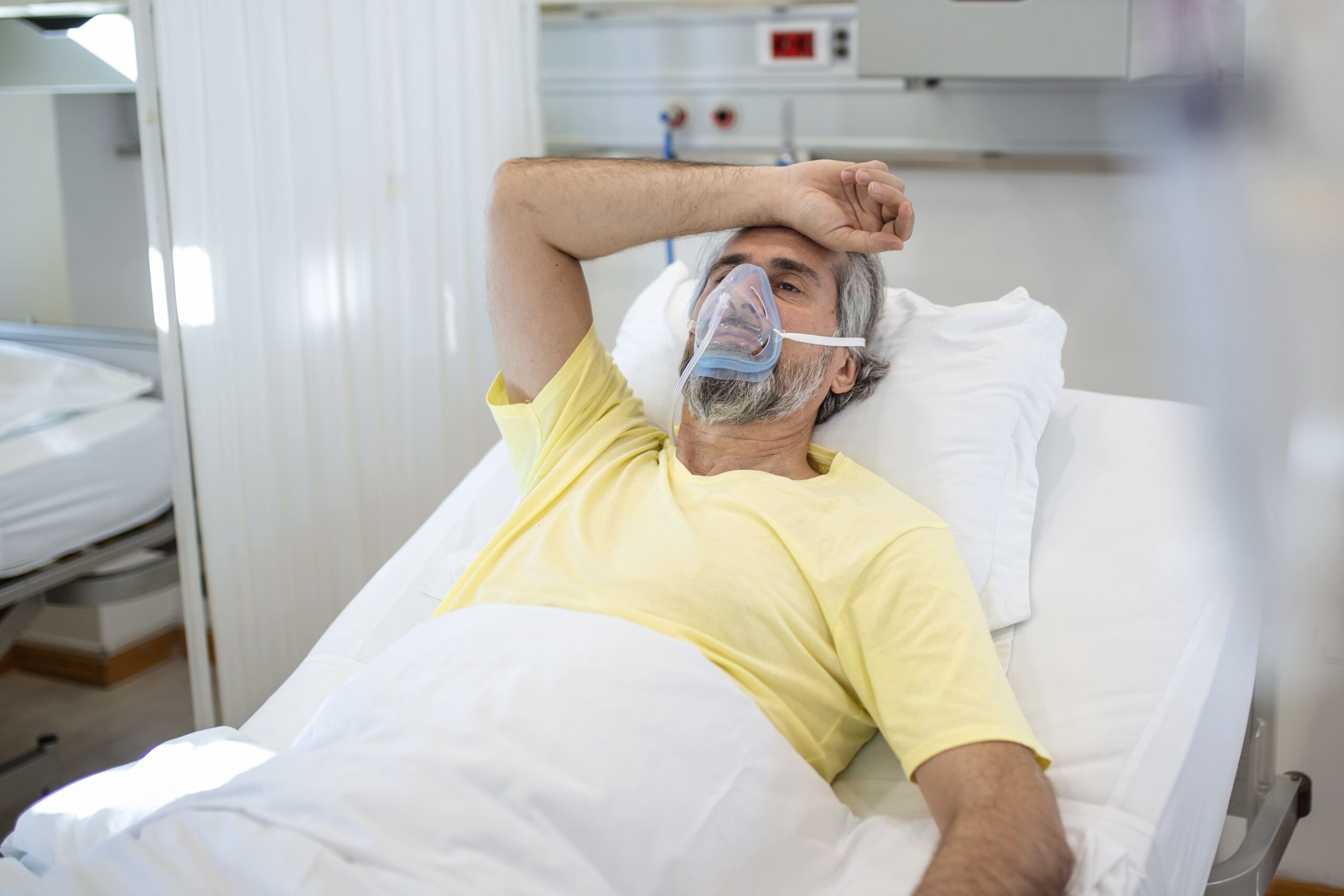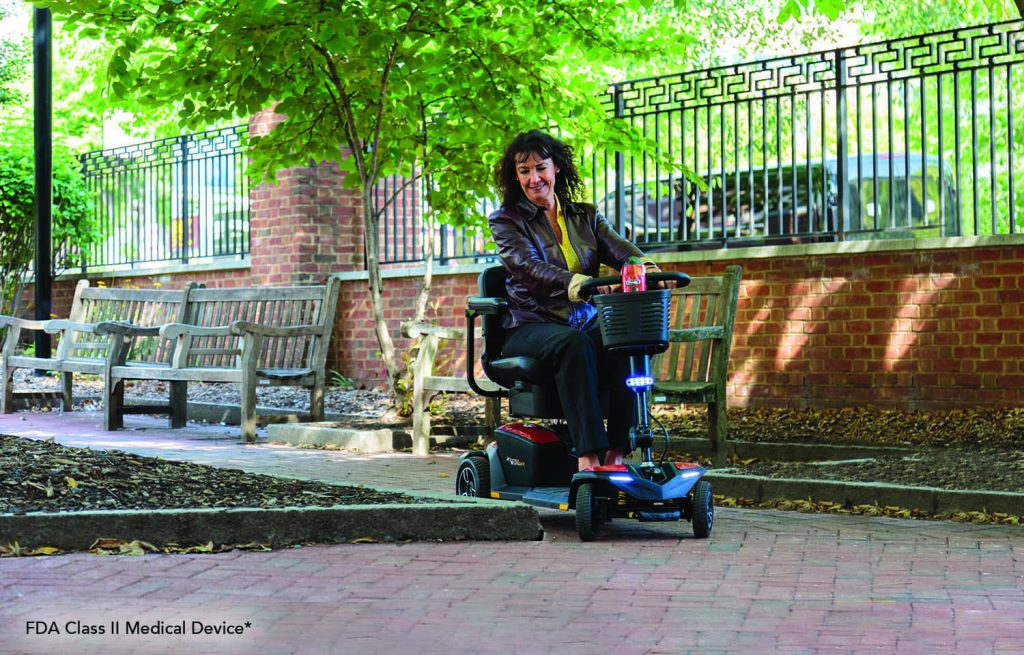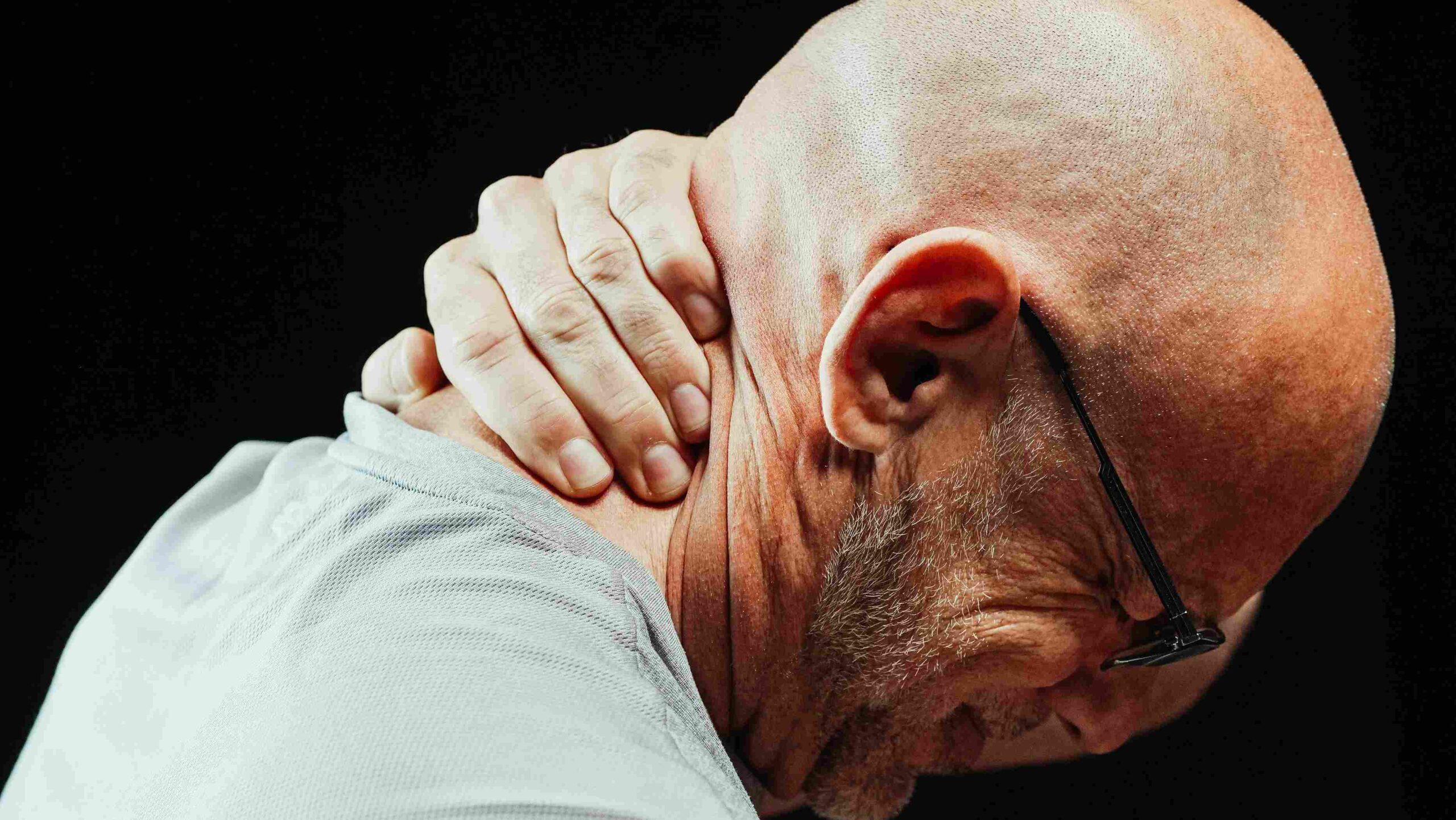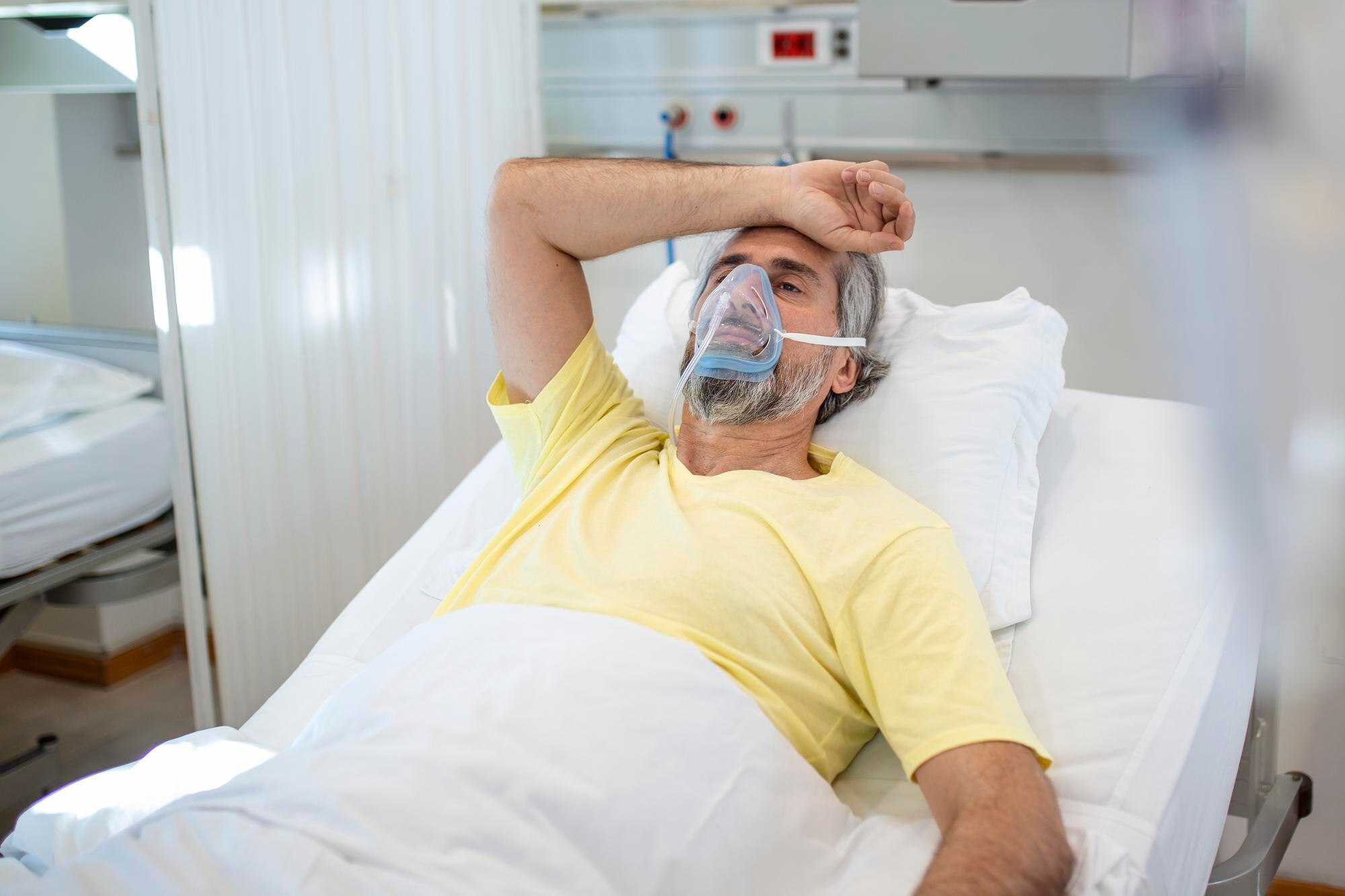Adjusting to CPAP therapy can be challenging, especially if you experience claustrophobia. As someone who relies on CPAP for sleep apnea treatment, I know firsthand how difficult it can be to get used to wearing a mask every night. For those of us who feel anxious or confined, finding ways to make CPAP therapy more comfortable can be the key to maintaining the treatment and experiencing its full benefits. In this article, I’ll share the strategies that helped me overcome CPAP claustrophobia, along with some practical advice for anyone who may be struggling with it.
Understanding CPAP Claustrophobia
CPAP claustrophobia occurs when a person feels trapped, confined, or panicked while using a CPAP mask. This is a common experience, especially for people new to CPAP therapy, and can range from mild discomfort to intense anxiety that makes it hard to tolerate the mask.
Why Does CPAP Claustrophobia Happen?
- Mask Contact: Having the mask close to your face or covering your nose and mouth can trigger feelings of suffocation.
- Pressure Settings: The sensation of airflow can sometimes feel overwhelming, especially if the pressure settings are too high.
- Loss of Control: CPAP therapy requires a commitment to wearing the mask for extended periods, which can feel constricting and reduce a sense of control.
Strategies That Helped Me Cope with CPAP Claustrophobia
After struggling with claustrophobia myself, I found that a few specific techniques made a huge difference. Here’s what worked for me and may be helpful for you as well:
1. Choosing the Right Mask Style
The right mask style can make or break your CPAP experience. For people with claustrophobia, certain mask types may feel less restrictive than others.
- Nasal Pillow Mask: This mask type sits just under the nostrils rather than covering the entire nose or face. Its minimal design helped me feel less confined and gave me a sense of openness.
- Nasal Mask: Slightly larger than nasal pillows but less intrusive than a full-face mask, nasal masks only cover the nose. They’re a good option for those who breathe through their nose and want a compromise between minimal contact and effective therapy.
- Avoiding Full-Face Masks: While some people need a full-face mask due to their breathing needs, I found that starting with a less enclosed style was essential in overcoming initial claustrophobia.
2. Practicing Desensitization Techniques
Gradually acclimating to the CPAP mask and airflow was one of the most effective strategies for reducing my anxiety. I approached this with small steps:
- Daytime Practice: I’d wear the mask without turning on the machine for short periods during the day to get used to the feeling of the mask on my face.
- Gradual Usage with Airflow: Once I was comfortable with the mask itself, I started using it with the airflow on at a low pressure. Over time, I was able to wear the mask for longer periods with the full pressure setting.
- Breathing Exercises: Practicing deep breathing and relaxation techniques, like diaphragmatic breathing, helped me stay calm while getting used to the mask.
3. Adjusting Pressure Settings with “Ramp” Mode
Most CPAP machines offer a “ramp” feature, which gradually increases pressure over time. This made it easier for me to adjust to the airflow without feeling overwhelmed.
- Starting with Lower Pressure: With the ramp mode enabled, the CPAP machine starts at a lower pressure, which increases gradually as I fall asleep. This gentle start helped ease my anxiety about the airflow.
- Working with My Provider: I also worked with my sleep specialist to adjust my pressure settings. If you’re finding the pressure uncomfortable, speak with your healthcare provider about options for adjusting the levels.
4. Creating a Relaxing Bedtime Routine
A calm and relaxing environment can go a long way in reducing claustrophobia and anxiety before bed.
- Mindfulness and Meditation: Practicing mindfulness or guided meditation before bed helped me feel grounded and calm, making it easier to tolerate the mask.
- Soothing Music or White Noise: Listening to calming sounds helped me focus on something other than the mask and airflow, creating a more peaceful experience.
- Progressive Muscle Relaxation: I’d practice tensing and releasing muscles from head to toe to reduce overall tension before putting on the mask. This simple technique can be particularly useful for alleviating anxiety.
5. Using CPAP-Friendly Essential Oils
Certain CPAP-friendly aromatherapy options, like essential oil-infused CPAP wipes or diffusers, helped me feel more comfortable with my mask.
- Lavender and Eucalyptus Oils: These scents are known for their relaxing properties. CPAP-friendly essential oils can be applied around the mask or near the intake filter (never directly on the mask).
- Creating a Comforting Environment: The subtle scent made the mask feel less clinical and more comforting, helping me stay relaxed throughout the night.
6. Reframing My Mindset About CPAP Therapy
Shifting how I thought about CPAP therapy itself made a big difference in my journey with claustrophobia. Rather than seeing it as a burden, I reframed it as a positive tool for improving my health.
- Focusing on the Benefits: I reminded myself of the long-term health benefits of CPAP, including better sleep quality, reduced risk of health complications, and increased energy.
- Setting Small Goals: Starting with shorter periods of use and gradually increasing them helped me stay motivated. Celebrating small victories made the process less overwhelming.
Additional Tips for Managing CPAP Claustrophobia
Here are a few extra tips I found helpful and would recommend:
- Try a CPAP Pillow: CPAP-specific pillows are designed to accommodate the mask and tubing, allowing you to sleep more comfortably on your side.
- Talk to a Professional: If claustrophobia is severe, consider speaking with a therapist who specializes in anxiety or phobias. Cognitive Behavioral Therapy (CBT) techniques can be very effective in overcoming CPAP-related claustrophobia.
- Join a Support Group: Many people find comfort in connecting with others who use CPAP. Support groups, both online and in-person, can provide encouragement and shared strategies.
FAQs
1. Can I switch mask types if I feel claustrophobic with my current mask?
Absolutely. Many CPAP suppliers offer mask trials, so you can try different types (like nasal pillows or nasal masks) until you find one that feels comfortable.
2. Is it normal to feel anxious about using a CPAP machine?
Yes, many people experience some level of anxiety or claustrophobia when starting CPAP therapy. With gradual exposure and relaxation techniques, most people become more comfortable over time.
3. How long does it take to adjust to CPAP therapy?
The adjustment period varies from person to person, but with consistent use and techniques like desensitization, most people feel comfortable within a few weeks.
4. Can I use aromatherapy with my CPAP machine?
Yes, CPAP-friendly essential oils are available, but use them cautiously. Place oils around the machine rather than directly on the mask, and always check with your equipment provider.
5. What should I do if I can’t overcome claustrophobia with CPAP?
If claustrophobia persists, speak with your healthcare provider. They may recommend alternative therapies like an oral appliance or positional therapy, depending on the severity of your sleep apnea.
Conclusion: Finding Comfort in CPAP Therapy
Overcoming CPAP claustrophobia may take time, but with the right strategies, it is possible to feel more comfortable and at ease with the therapy. Each step, from finding the right mask to creating a calming bedtime routine, can make CPAP therapy feel less daunting and more manageable. By focusing on gradual adaptation and positive reinforcement, you can embrace CPAP therapy as a valuable tool for improving your health and quality of sleep. Remember, patience and persistence are key—your comfort and health are worth the effort.






